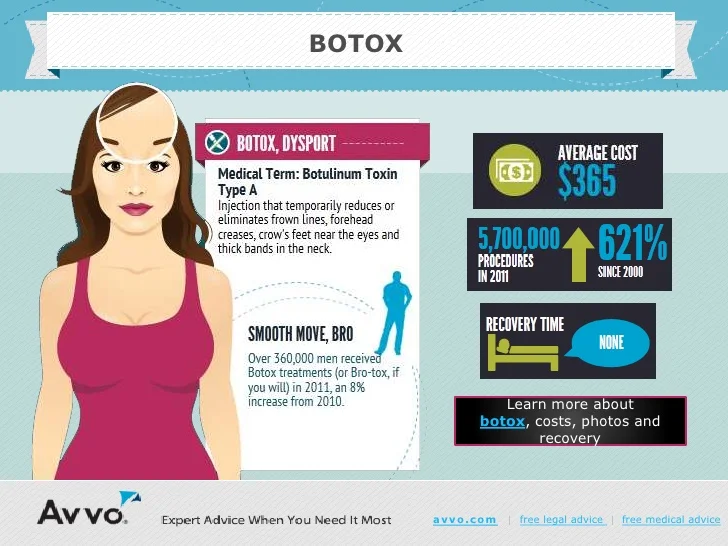Why Does Acne Come Back
Why Does Acne Come Back
Blog Article
Acne Therapy - What Are AHAs in Acne Treatment?
AHAs are an essential component for unclogging pore clogs and lightening up acne-prone skin. They function by breaking down dead skin cell build-up to advertise more recent, fresher cells, and avoiding future clogs.
Developing topical AHAs demands meticulous interest to different crucial variables that considerably affect their efficiency and tolerability. Keeping the optimal pH range, together with automobile option and focus, amplifies their exfoliative characteristics while alleviating prospective damaging responses.
Glycolic acid
Glycolic acid is known for its mild yet effective exfoliating residential properties, which advertise skin's all-natural losing and loosen the "glue" that holds dead cells on the surface of the skin. This helps unclog pores and lessen the look of great lines and creases, along with boost total skin appearance and tone.
Interestingly, topical glycolic acid has likewise been shown to promote the production of collagen, which is important in preserving skin's suppleness and flexibility. It is necessary to keep in mind, nonetheless, that because glycolic acid can boost the skin's sensitivity to sunshine, it is necessary to use sunscreen when utilizing any type of products including this ingredient.
Skin specialists pay careful interest to the formula of products containing AHAs in order to optimize their efficacy and tolerability. Formulating AHAs with the appropriate vehicle, along with pH and concentration factors to consider, permits optimum skin infiltration while lessening possible negative responses. This is especially important for individuals with sensitive skin, because AHAs are known to be mildly bothersome.
Lactic acid
Lactic acid is located in several non-prescription skin treatment items and some more powerful expert peels and treatments. It has the lowest molecular weight of all the AHAs and is able to penetrate deeper right into the skin, where it is extra reliable at unclogging pores and scrubing.
Like glycolic acid, it also boosts collagen synthesis, which aids reduce fine lines and wrinkles and improve skin texture. Additionally, it has moisture-retention properties, that makes it preferable for drier skin kinds than other AHAs.
The extensive body of clinical information confirming the effectiveness of topical AHAs sustains their energy in a vast array of dermatological conditions and aesthetic concerns. These consist of complex skin rejuvenation procedures, depletion of great lines and wrinkles, lightening of hyperpigmentation, therapeutic treatment for actinic keratosis, and acne administration [2] Optimizing the formulation of AHAs by stabilizing pH, focus, and car selection better improves their therapeutic potential. These mindful factors to consider enable skin doctors to provide risk-free and effective therapies that supply exceptional medical results.
Mandelic acid
Mandelic acid, stemmed from almonds, is one more member of the AHA family members and is a prominent ingredient in items that assist treat acne. Its bigger molecular size means it passes through the skin much more slowly and delicately, which can minimize the capacity for irritation. It's additionally much less likely to trigger soreness and other skin level of sensitivity problems, making it suitable for delicate skin types.
Mandelic Acid is believed to help in reducing inflammation and increase hydration. It works by loosening up the bonds between dead skin cells, permitting them to drop and reveal fresher-looking skin. It likewise helps reduce the look of enlarged pores.
Developing topical products with AHAs needs a precise equilibrium of key variables that considerably impact their efficiency and tolerability. Particularly, the pH of an AHA formulation has actually been revealed to play an essential role in its capacity to promote peeling and improve complexion and texture. Attaining this ideal concentration is a mesotherapy difficult goal and calls for precise focus to the various variables that impact the formula procedure.
Citric acid
Citric acid, discovered in citrus fruits such as oranges and lemons, is a mild AHA. It's much less irritating than glycolic or lactic acid, making it better for sensitive skin. It additionally has astringent residential or commercial properties, aiding to dry out excess oil.
Like various other AHAs, citric acid can be used in chemical peels and everyday active/maintenance therapies to exfoliate the skin and advertise cell turnover. It can help reduce the look of dark spots and hyperpigmentation, along with fine facial lines.
It can additionally increase the synthesis of glycosaminoglycans, which play a vital role in enhancing the skin obstacle function. This assists to avoid trans-epidermal water loss, and maintain ideal hydration degrees in the skin [35]
AHAs can be combined with calming active ingredients such as ceramides or hyaluronic acid to improve their tolerability. They can be included into everyday active/maintenance skin care through lotion or product formulations. This enables experts to tailor their AHA treatments based upon patient requirements and choices, with the adaptability of selecting from various treatment intensities or focus.